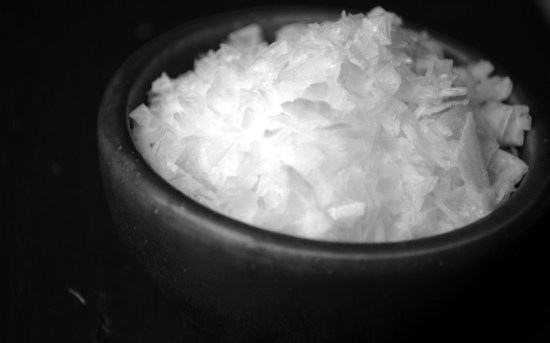Salt is the Secret for a Six-Fold Increase in Digital Storage
The need for more digital storage has exploded in recent years and with the advent of cloud computing and storage that appetite has shown no signs of abating. Thankfully, Dr. Joel Yang from the Singapore’s Institute of Materials Research and Engineering has found a way to sextuple the amount of data that can be held on a disk using table salt, and some high-tech engineering.
Here’s how a conventional hard disk works: A circular platter is impregnated with tiny grains of magnetic material, and clusters of these grains are used to store a single bit of information. While Yang’s process uses slightly larger structures to store information, his structures are single entities and not clusters, allowing the disk to be more densely packed with information. Apparently it has paid off, as they’ve managed to cram 3.3 Terabit/in² compared to a measly 0.5 Terabit/in² using traditional storage methods.
Now here’s where the salt comes into play. Using a process called e-beam lithography, (which despite its Sci-Fi sounding name, is a real thing), tiny structures were etched onto the surface of a disk with an electron beam. A fluid is used as part of the etching process, and Yang found that by adding sodium chloride (table salt) he was able to achieve far finer etchings without using expensive hardware. These etched structures are the core of Yang’s storage method and allow for far more data to be stored per square inch.
Unfortunately, only data density of 1.9 Terabit/in² have been demonstrated by Yang and his team, though a full-scale 3.3 Terabit/in² storage device was fabricated. While it will certainly be a long time before we move our collections of FLAC-encoded Wilco concerts and super-high-res versions of Mobile Battleship Nadesico, it does bode well for the future of data storage. Hopefully the numerous music lockers and iCloud systems won’t outpace its development.
(via Physorg, image via Kristian Niemi)
- New technique stores massive amounts of lexical data to recycled cellulose using existing technology
- Storing data on glass
- Petabyte: It’s a thing
Have a tip we should know? [email protected]
